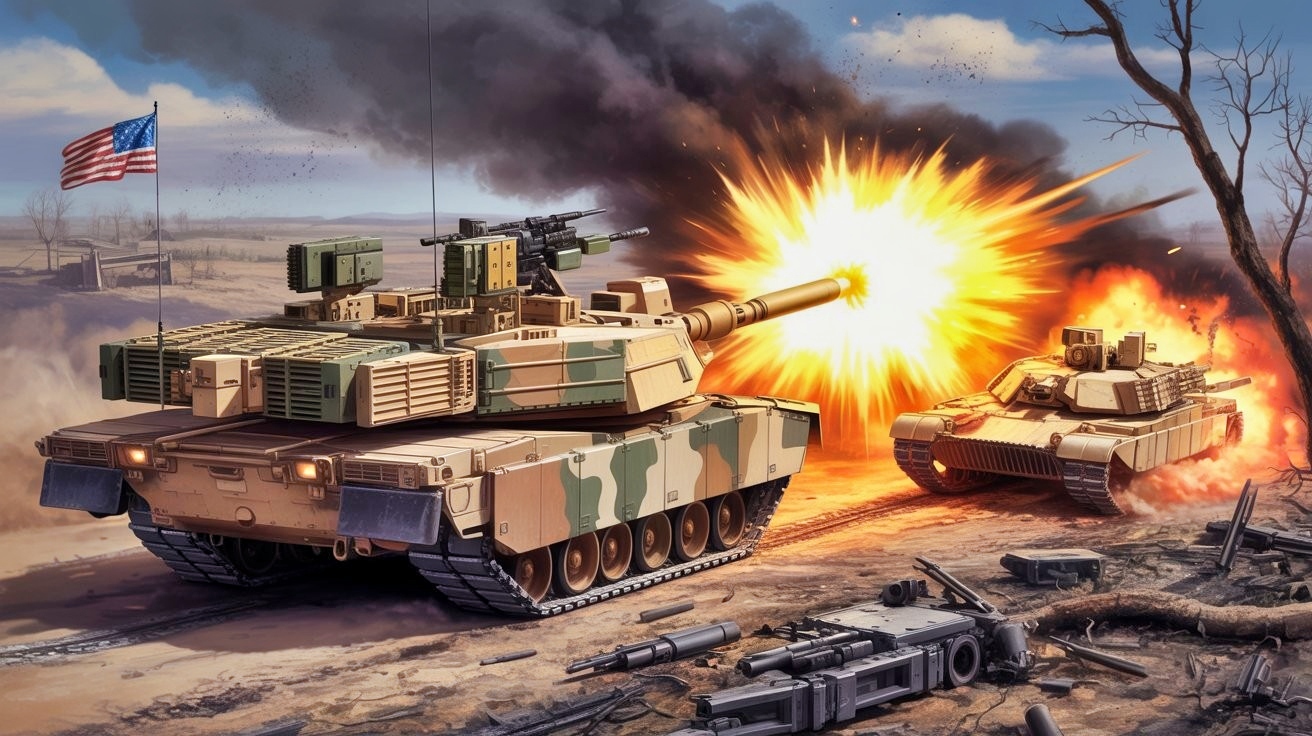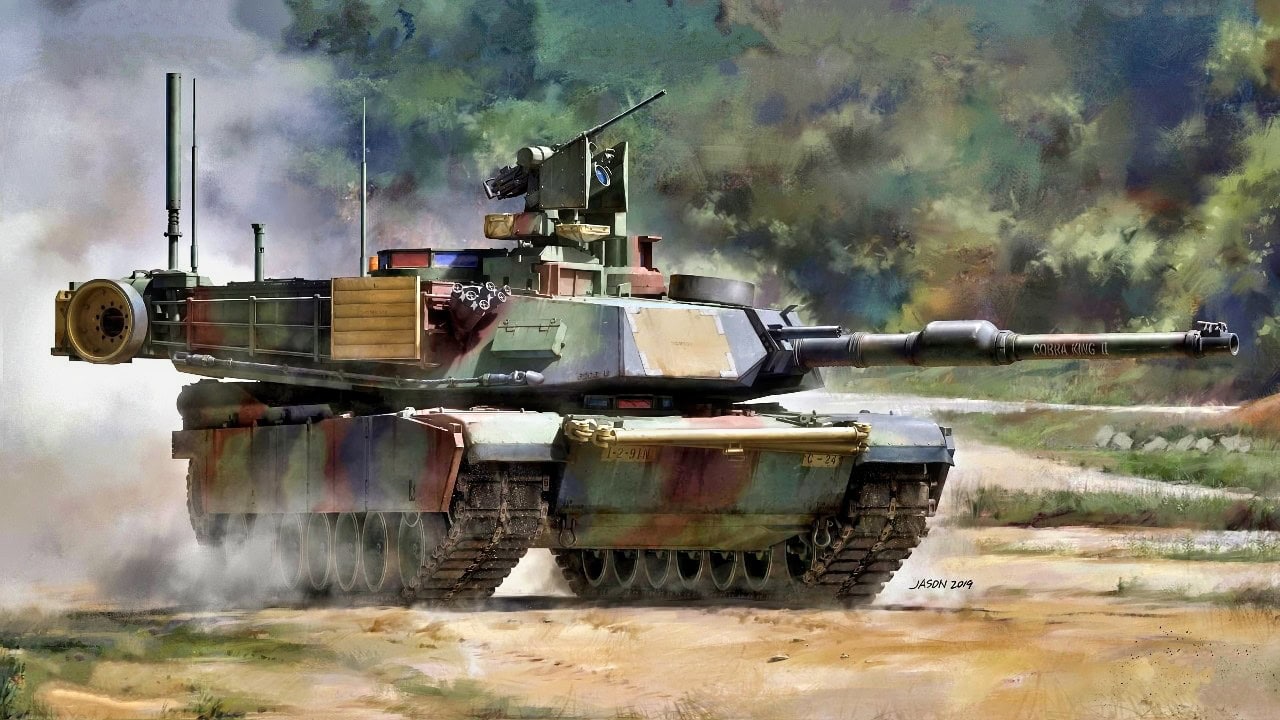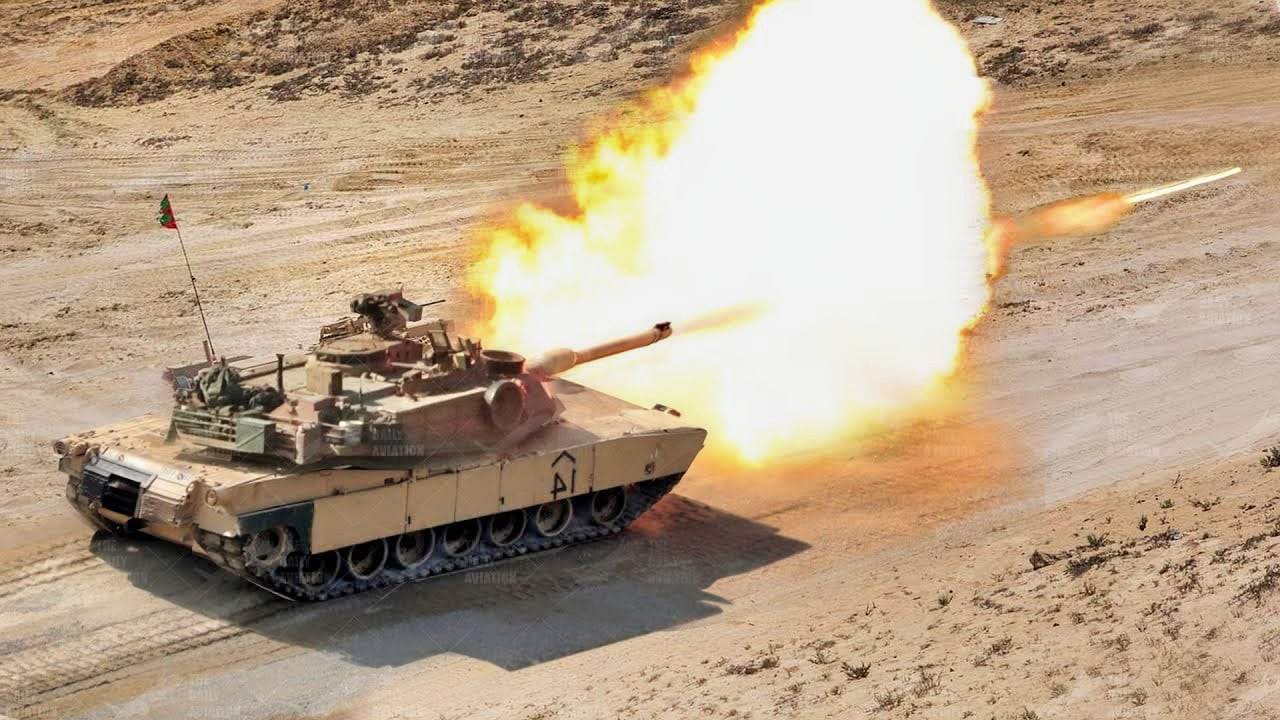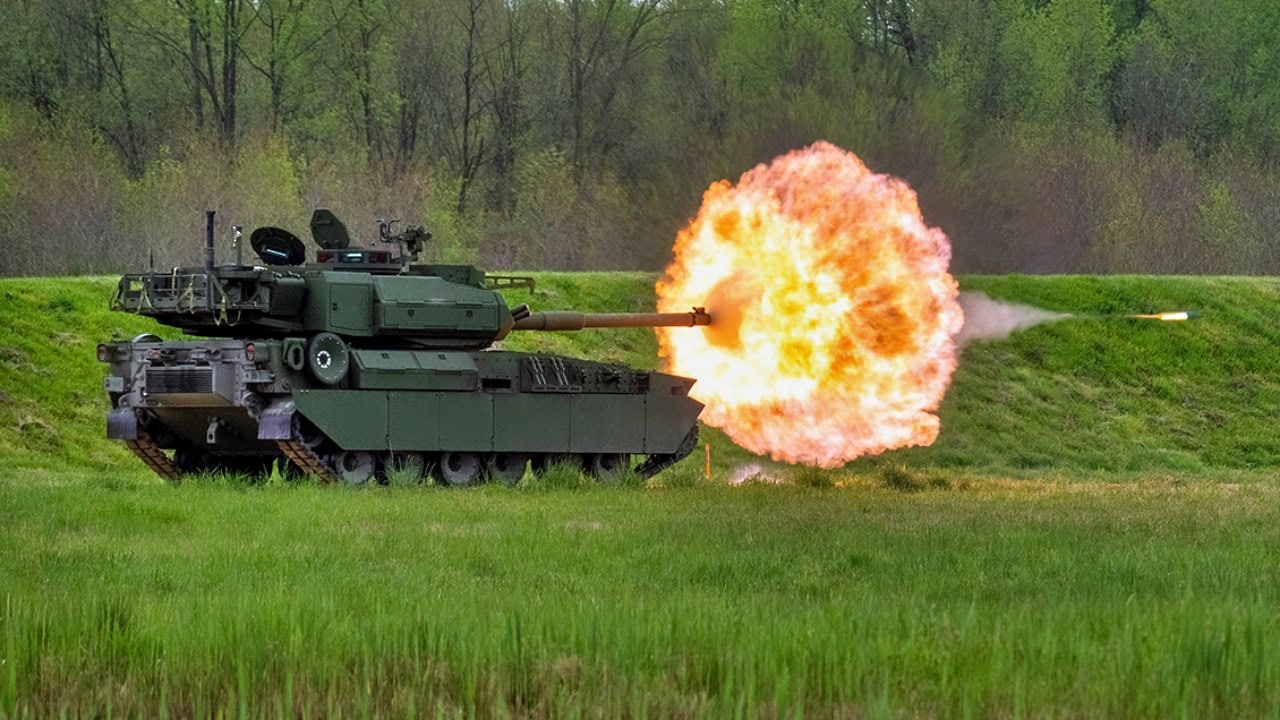The M10 Booker has become one of the most controversial projects in recent years and is an excellent case study into the problems with the US’ requirements and procurement process.
With the project now canceled, the US Army is once again short of a dedicated light tank (even though the Booker was not technically classified as a light tank).
The question remains: should the US try again with a new system, or should it abandon the light tank concept altogether?
Why The M10 Booker Was Canceled
The M10 Booker, developed by General Dynamics Land Systems, was designed to provide direct fire support to infantry brigade combat teams (IBCTs). It features a 105mm M35 tank gun, a 12.7mm M2HB heavy machine gun, and a 7.62mm M240B machine gun.
The vehicle is powered by an 800 hp diesel engine, allowing it to reach speeds of up to 40 mph (64 km/h) and offering a range of 250-350 miles (400-560 km) on a single tank of fuel.
Despite its impressive specifications, the M10 Booker faced criticism even before its cancellation. Some argued that its weight, which is comparable to a base T-72, undermined its role as a light tank.
Recently, the program was canceled due to design concerns, cost overruns, and maintenance issues. Other pieces have already covered the Booker’s design flaws in great detail, but in short: the “tank” was too heavy to meet operational needs
Should the US Replace the Booker?
The cancellation of the Booker raises an interesting question: should the US even bother replacing it? Ever since the M115 Sheridan was phased out of service, the Army has been struggling to find a replacement. The Booker is the second failed attempt after the M8 Armored Gun System was canceled in 1996.
This raises concerns as to whether the Booker should be replaced and whether light tanks still have a role on the modern battlefield.
On one hand, proponents argue that the US needs a new light tank that can be air-dropped into rough environments to provide frontline support for infantry. A system that actually meets the needs of the troops, incorporates decent protection and firepower, and is light enough to be air-dropped would be an invaluable asset to the Army. Light tanks provide strategic flexibility, allowing the US Army to deploy armored units quickly and effectively in various combat scenarios. They can offer critical fire support to IBCTs, enhancing their combat effectiveness and survivability.
On the other hand, the US has already tried twice to build a modern light tank, and so far, both attempts have ended up being a waste of time and money. The changing nature of warfare increasingly relies on unmanned systems, cyber capabilities, and long-range precision strikes. Opponents argue that it might be worth investing in these systems rather than potentially wasting time and money looking into a new light tank.
Developing and fielding a new light tank could be costly, and there is a risk of repeating the issues that plagued the M10 Booker program. Existing platforms like upgraded IFVs, can arguably fulfill many of the roles traditionally assigned to light tanks.
Is the Light Tank Dead?
The US’s trouble with the M10 Booker also raises questions about the value of light tanks in modern times. Traditionally, light tanks have been valued for their speed, maneuverability, and ability to perform reconnaissance and support roles.
They were designed to operate in environments where heavier tanks might struggle, such as urban areas, forests, and rugged terrains. However, in the era of drones and highly lethal ATGMs, the role of light tanks is being re-evaluated.

M1 Abrams Tank. Image Created via Ideogram.

M1 Abrams Tank. Image Credit: Creative Commons.

M1 Abrams Firing. Image Credit: Creative Commons.
There is a strong argument to be made that light tanks are still needed today. One of the primary advantages of light tanks is their mobility and speed. They can quickly navigate challenging terrains and respond to dynamic battlefield conditions, making them ideal for rapid deployment, flanking maneuvers, and direct fire support.
Light tanks are also versatile, capable of being used in a variety of roles, including reconnaissance, infantry support, and engaging lighter armored vehicles. Additionally, they are generally less expensive to produce and maintain compared to main battle tanks. Their lighter weight allows for easier transport by air or land, enabling rapid deployment to conflict zones.
However, light tanks also have significant disadvantages. They typically have less powerful armament compared to main battle tanks, which can limit their effectiveness against heavily armored targets. Lighter weight also comes at the cost of thinner armor, making them more susceptible to anti-tank weapons and other threats on the battlefield.
Critics argue that the capabilities of light tanks can be replicated by other vehicles, such as infantry fighting vehicles (IFVs) and armored personnel carriers (APCs), which offer similar mobility and protection.
In my opinion, light tanks fulfill a niche but necessary role on the battlefield. Like regular MBTs, the light tank must evolve to stay relevant in the modern drone age. Light tanks will likely become more and more autonomous until they are entirely uncrewed.
These unmanned light tanks will act as infantry support systems in the way that the M10 Booker was envisioned, but without the need for heavy armor to protect the crew inside.
About the Author: Isaac Seitz
Isaac Seitz, a 19FortyFive Defense Columnist, graduated from Patrick Henry College’s Strategic Intelligence and National Security program. He has also studied Russian at Middlebury Language Schools and has worked as an intelligence Analyst in the private sector.

